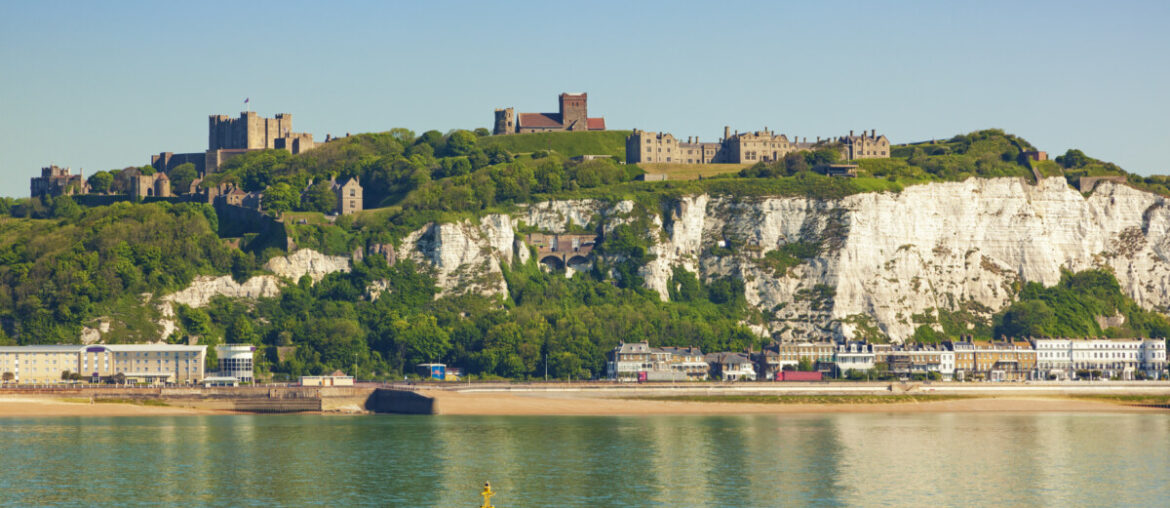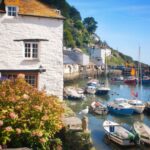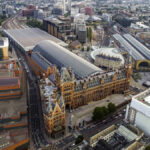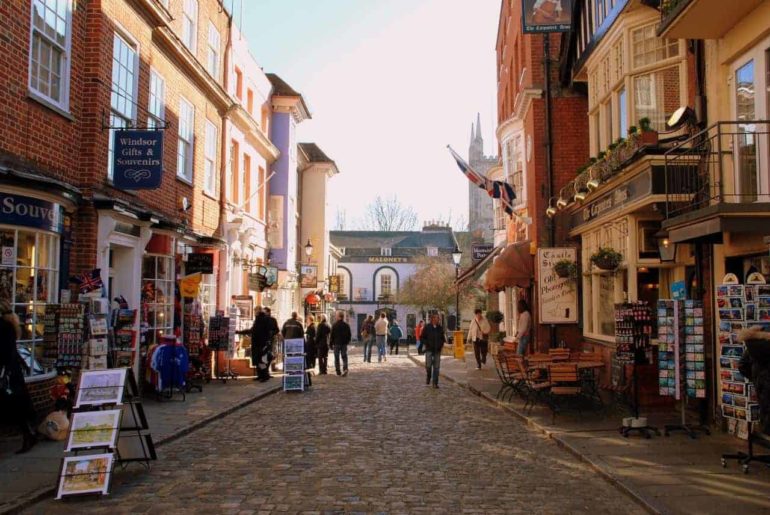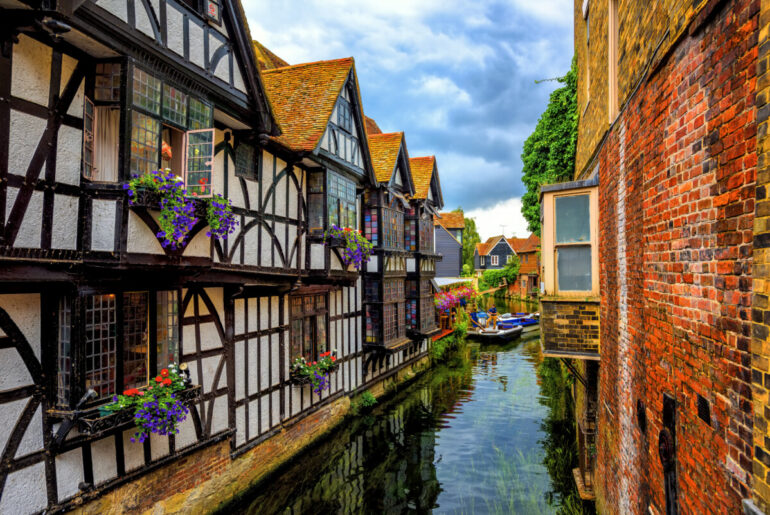If you love literature and history, you’ll fall in love with this inspiring tour of Rochester and Dover Castle, a wonderful day trip from London in which you’ll discover the world of Charles Dickens and medieval fortresses.
Here are five reasons to visit Rochester and Dover Castle in one day.
Discover Rochester Town
With picturesque streets and historic landmarks, Rochester was the backdrop for some of Charles Dickens’s most beloved tales. As you wander Rochester town, you’ll be transported to the pages of “Great Expectations” and “The Mystery of Edwin Drood.”
See Rochester Castle ruins
Overlooking Rochester, Rochester Castle is a true medieval gem. Built in the 1080s by the Bishop of Rochester, it was one of the earliest buildings in England. The castle survived three sieges, including the assault by King John in 1215, when one corner of the keep was destroyed.
Although it was a royal stronghold in the late Middle Ages, it fell to ruin in the 17th century and is still a strong symbol of medieval power. Step inside its ruins and climb the steep steps to the top (only if you feel like it) for breathtaking views of the surroundings.
Catch the best photo of Rochester Cathedral
Dominating the city of Rochester and just steps away from the Castle, Rochester Cathedral impresses with its Gothic architecture.
If you make it to the top of the castle, you’ll catch beautiful glimpses of the Cathedral from up there. But if you don’t, you can still approach the Cathedral and admire its details.
Interesting facts about Rochester
- Rochester was originally a Roman settlement called Durobrivae, built to guard the crossing of the River Medway. Remnants of the Roman walls can still be seen in parts of the city.
- Founded in 604 AD, Rochester Cathedral is the second-oldest cathedral in England after Canterbury, featuring stunning Norman architecture.
- Charles Dickens lived near Rochester at Gad’s Hill Place and featured the city in works like The Mystery of Edwin Drood and Great Expectations. Rochester celebrates Dickens with two annual festivals: the Dickens Festival in summer and the Dickensian Christmas Festival in winter.
- Rochester lost its official city status in 1998 due to administrative oversight, but residents still affectionately call it a city.
- The Medway Megaliths, including Kit’s Coty House, are prehistoric stone structures near Rochester that date back to the Neolithic period.
- Rochester’s High Street has beautifully preserved medieval and Georgian buildings, shops, tearooms, and antique stores.
- Fort Amherst, built in the 18th century to protect against French invasion, is now a historic site featuring tunnels, barracks, and spooky ghost tours.
- The Dutch Raid of 1667 (Raid on the Medway) during the Second Anglo-Dutch War resulted in the burning of English ships, one of Britain’s most humiliating naval defeats.
- Peregrine falcons have made Rochester Cathedral their home, attracting wildlife enthusiasts.
Visit Dover Castle and the White Cliffs
Your journey doesn’t stop here as you’ll drive to Dover Castle, an iconic symbol of England’s strength. Built after 1066 and perched on the White Cliffs, Dover Castle also endured epic sieges.
During World War II, it again became a fortress of defence. The tunnels beneath the castle cliffs became the nerve centre for orchestrating the miraculous Dunkirk evacuation in 1940 during the Second World War.
Delve into Dover’s war history
Dover Castle played a pivotal part in World War II, primarily underground, as its hidden tunnels facilitated the Dunkirk evacuation. Also known as Operation Dynamo, the operation evacuated more than 338,000 Allied soldiers from the beaches and harbour of Dunkirk between 26 May and 4 June 1940. Follow in the footsteps of brave soldiers and relive the sacrifices made during Britain’s darkest hours.
Dover’s fascinating and historical facts
- The chalk cliffs overlooking the English Channel are white due to chalk and streaks of black flint.
- Dover is the closest town to France, just 21 miles (34 km) across the English Channel, making it a key point for trade and defence for centuries.
- The Romans established Dover (Dubris) as a port town, building forts and roads that connected it to London.
- Dover Castle is one of England’s largest fortifications, often called the “Key to England.”
- A 3,500-year-old boat, discovered in 1992, is one of the world’s oldest known seagoing vessels. The boat is now displayed at the Dover Museum.
- Beneath Dover Castle lies a network of tunnels used during the Napoleonic Wars and later expanded in World War II. These tunnels were critical for organising the Dunkirk evacuation in 1940.
- Dover is one of the busiest passenger ports in the world, handling millions of people annually travelling to and from Europe. Its ferry service connects England to Calais, France.
- Nearby St. Margaret’s Bay was a hotspot for smugglers during the 18th and 19th centuries, taking advantage of its isolated beaches and proximity to France.
- Dover inspired writers. William Shakespeare mentioned Dover in “King Lear”, referencing the cliffs. Charles Dickens lived nearby and described Dover in “David Copperfield”.
- The Dover Patrol, a naval force during World War I, was essential in protecting the English Channel. A memorial in Dover honours their service.
- The White Cliffs are home to unique flora and fauna, including rare orchids and butterflies. Birdwatchers love observing migratory species along the cliffs.
- The name “Dover” originates from the Celtic word Dubrās, meaning “the waters”, a nod to the River Dour that flows through the town.
Whether you read Charles Dickens’s timeless tales or are eager to uncover England’s past, prepare for a day rich in discovery. Treat your family to one of our insightful day tours from London!

